READY TO GET STARTED?
REQUEST A FREE ESTIMATE
Fill out the form below or call (888) 466-7849 for a free, no-obligation estimate.
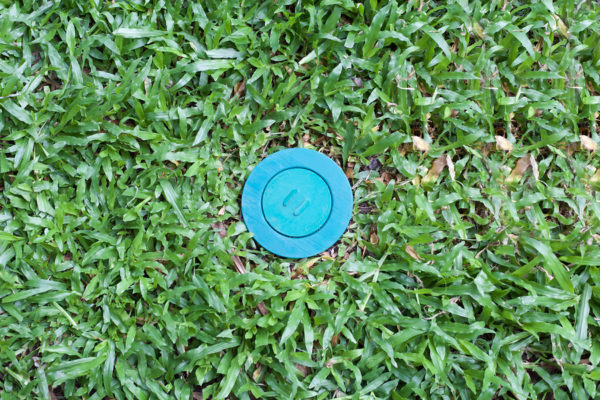
Spring is the time of year when termites swarm, emerging to mate and establish new colonies. Unfortunately, these new colonies are often established inside our homes. An average of 5 million US homes are infested each year by termites, causing an average of $5 billion in damage annually. What many people don’t realize is that termite damage isn’t covered by homeowner’s insurance policies. What’s a homeowner to do? One thing to consider is the Sentricon Always Active bait system for termite control. Sentricon is a highly effective, environmentally responsible treatment option for termites. What is included with the Sentricon system?
If you suspect you have a termite problem contact a professional pest control company who can provide you with a thorough inspection and recommend a comprehensive termite treatment and prevention plan.
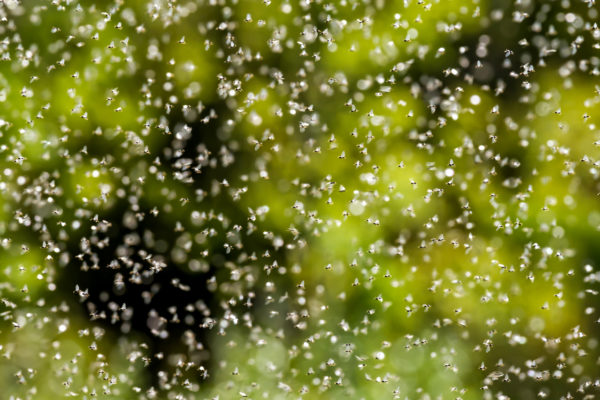
The change of season from winter to spring brings warm weather, sunshine, and … bugs! This is the time of year when many pests emerge from overwintering and begin the mating process. Spring is also known as swarm season – because this is the time when termites and flying ants emerge in droves, sometimes in swarms of thousands! While flying ants can cause problems in and around your home, termites are much more common – and much more costly! How can you tell if those swarming insects are terrible termites or flying ants? Check out our handy reference below for the key differences between the two, as well as what to do if you have these pests swarming in or near your home.
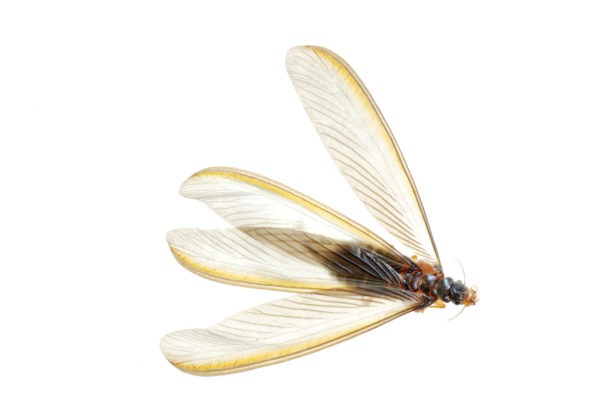
Termites usually swarm once a year for reproduction and expansion of their colonies. Swarms mark the official beginning of termite season. Subterranean termites swarm in spring and during the daytime. Drywood termites swarm in late summer and early fall. Dampwood termites swarm in the summer.
Termites swarm after their colony reaches a certain size and the weather conditions are optimal. The termites are attracted to light and are often found near windows and light fixtures. Swarming termites will try to squeeze through racks and crevices in your walls and foundations to try and reach open air. If you see swarming termites then there is a good chance there is a well-established termite colony in or near your home.
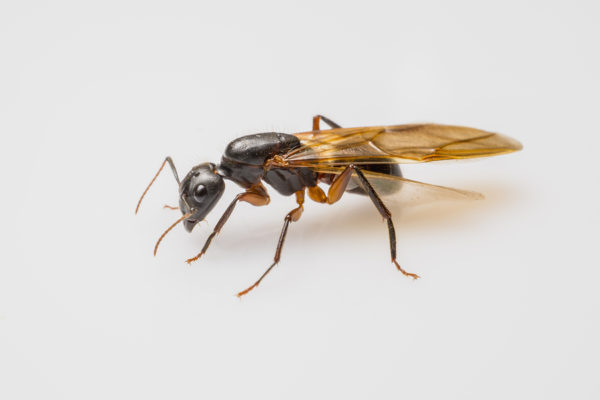
Flying ants will swarm in late spring and early summer. They have to have bright sunlight, low winds, high humidity, and warm temperatures to swarm. They prefer to swarm after there has been 3 to 5 days of rain.
Flying ants swarm for the same reasons as termites – to reproduce and expand their colonies. Flying ants don’t represent any greater threat to humans than their wingless counterparts. Flying ants aren’t as significant a threat to your home as termites but they can still cause damage. If you have flying ant swarms in your home there is a good chance you have an established ant colony in your walls.
So now that you can identify exactly what kind of pest is swarming around your home, what should you do next?
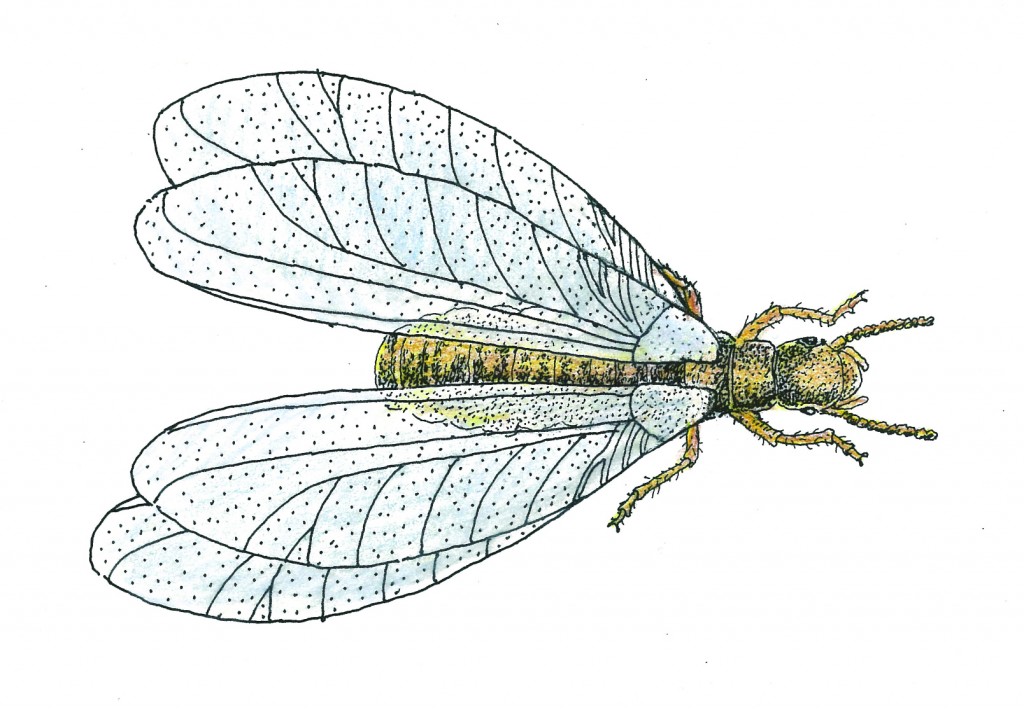 Termites are very destructive and cause billions of dollars of damage to homes each year in the U.S. That is why we are dedicating March’s Pest of the Month to TERMITES!
Termites are very destructive and cause billions of dollars of damage to homes each year in the U.S. That is why we are dedicating March’s Pest of the Month to TERMITES!
If you think you may have termites, or other pests in your home, call the mouse at 888.466.7849 or visit us online at www.callnorthwest.com
If you are anything like me, you are loving this unseasonably warm weather that we are experiencing in Georgia. It’s been a nice preview of what is in store for us come Spring time. That being said, I’m not looking forward to the cold snap that we will inevitably experience before Spring comes around. I’m also not looking forward to an earlier termite season due to the warm temperatures.
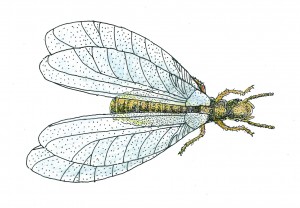 Termites aren’t usually moving this time of year because the temperature is typically below 60 degrees. When temperatures are above 60, that is when termites start to swarm. And when they start to swarm, they start inside your home before moving outside. Unfortunately, once you find out that you have termites in your home, damage has most likely already occurred. And termites can do some serious damage, causing up to $5 billion of damage each year in the US.
Termites aren’t usually moving this time of year because the temperature is typically below 60 degrees. When temperatures are above 60, that is when termites start to swarm. And when they start to swarm, they start inside your home before moving outside. Unfortunately, once you find out that you have termites in your home, damage has most likely already occurred. And termites can do some serious damage, causing up to $5 billion of damage each year in the US.
Oftentimes, termites are mistaken for flying ants. If you think you see what appears to be flying ants, call your termite control company, such as Northwest Exterminating, to come inspect your home. Termites look for moisture in and around homes, so be sure that any standing water or leaking pipes are adequately taken care of. Look for mud tunnels, usually the size of a pencil, that are created on the inside or outside of the home’s foundation. Clean gutters and pull back soil and mulch from the home’s foundation where termites can find their way into the wood of a structure.
If you have questions about termites or suspect that termites may be in your home, call Northwest Exterminating today and we will be happy to come out and conduct a FREE termite inspection.